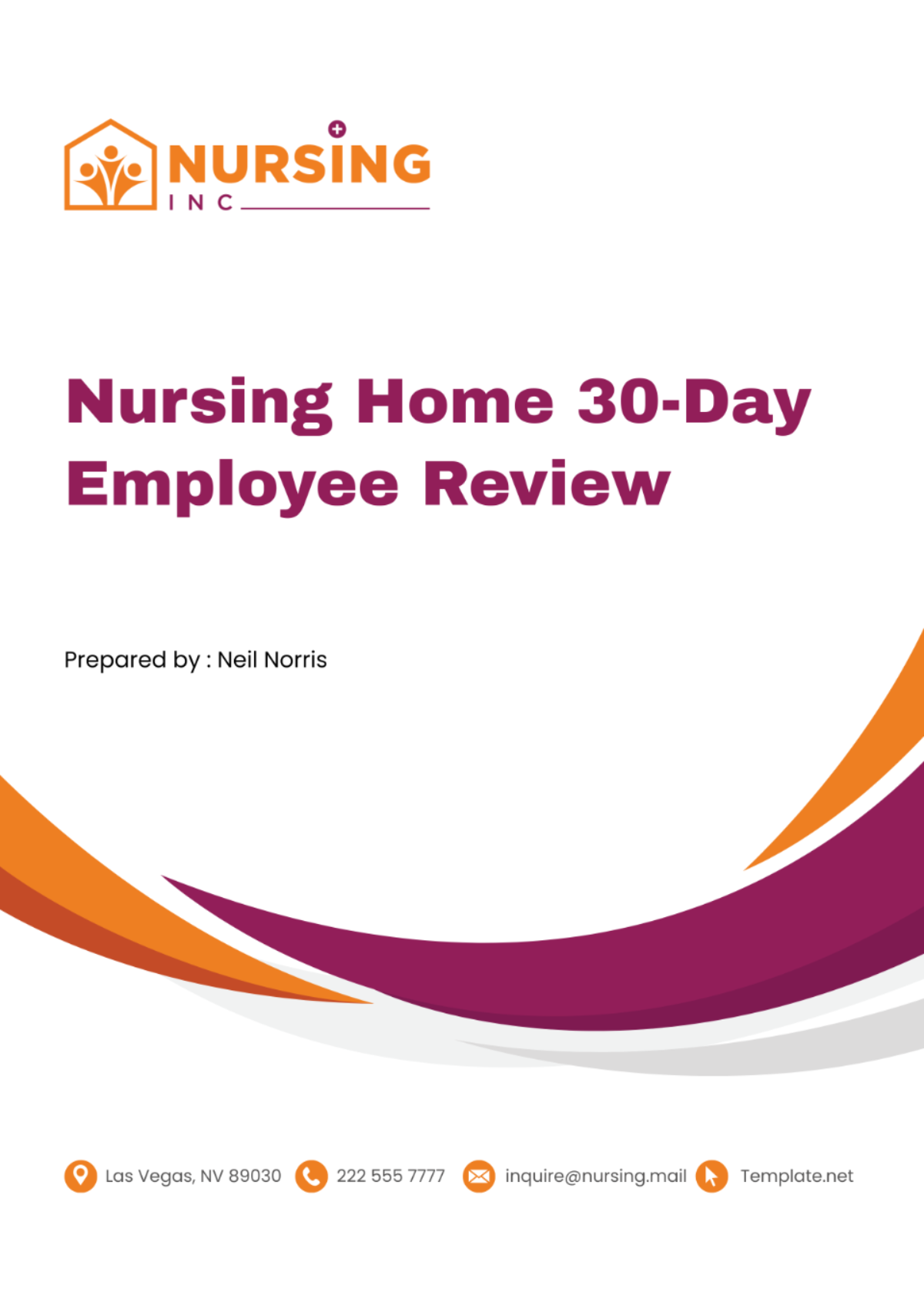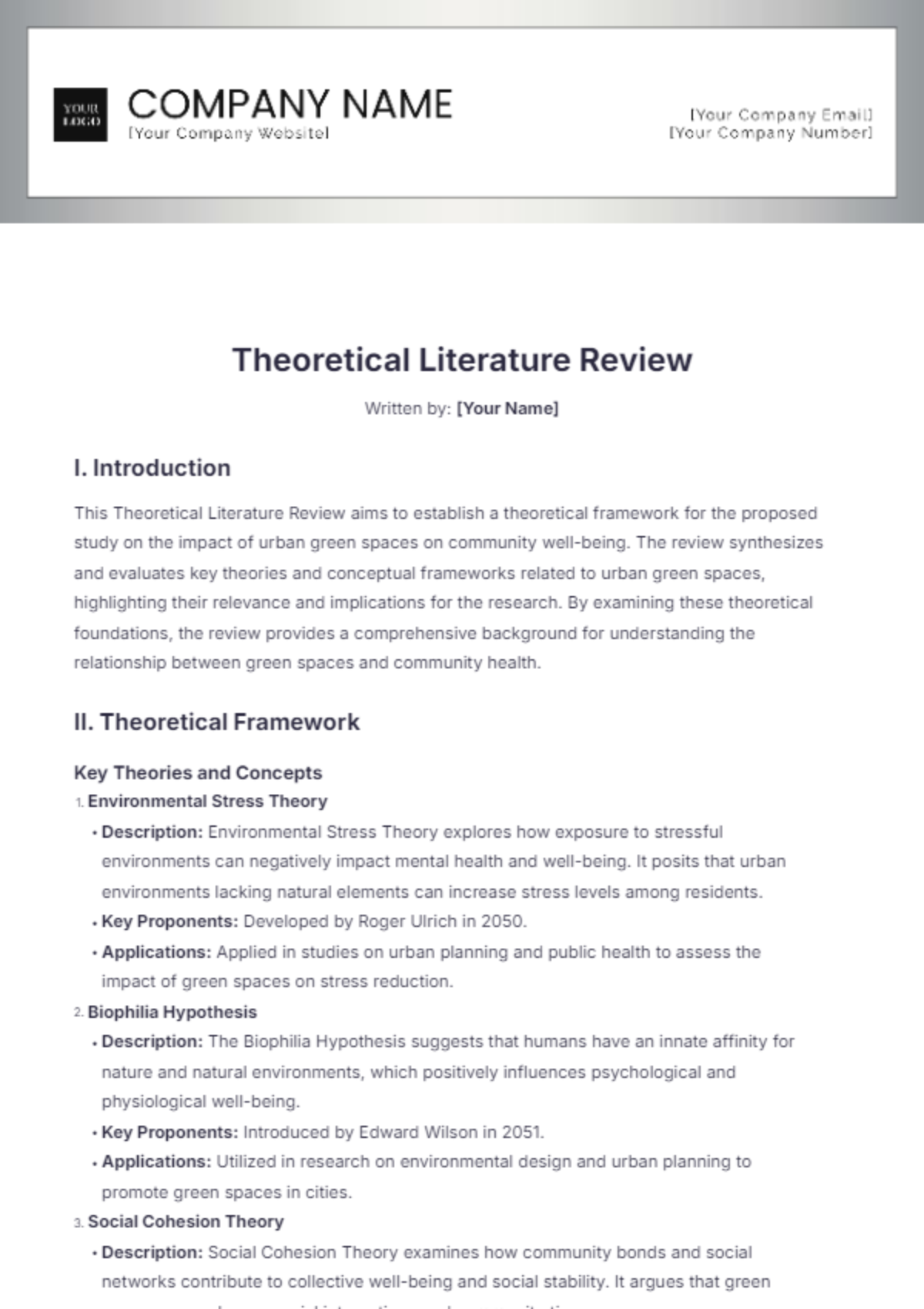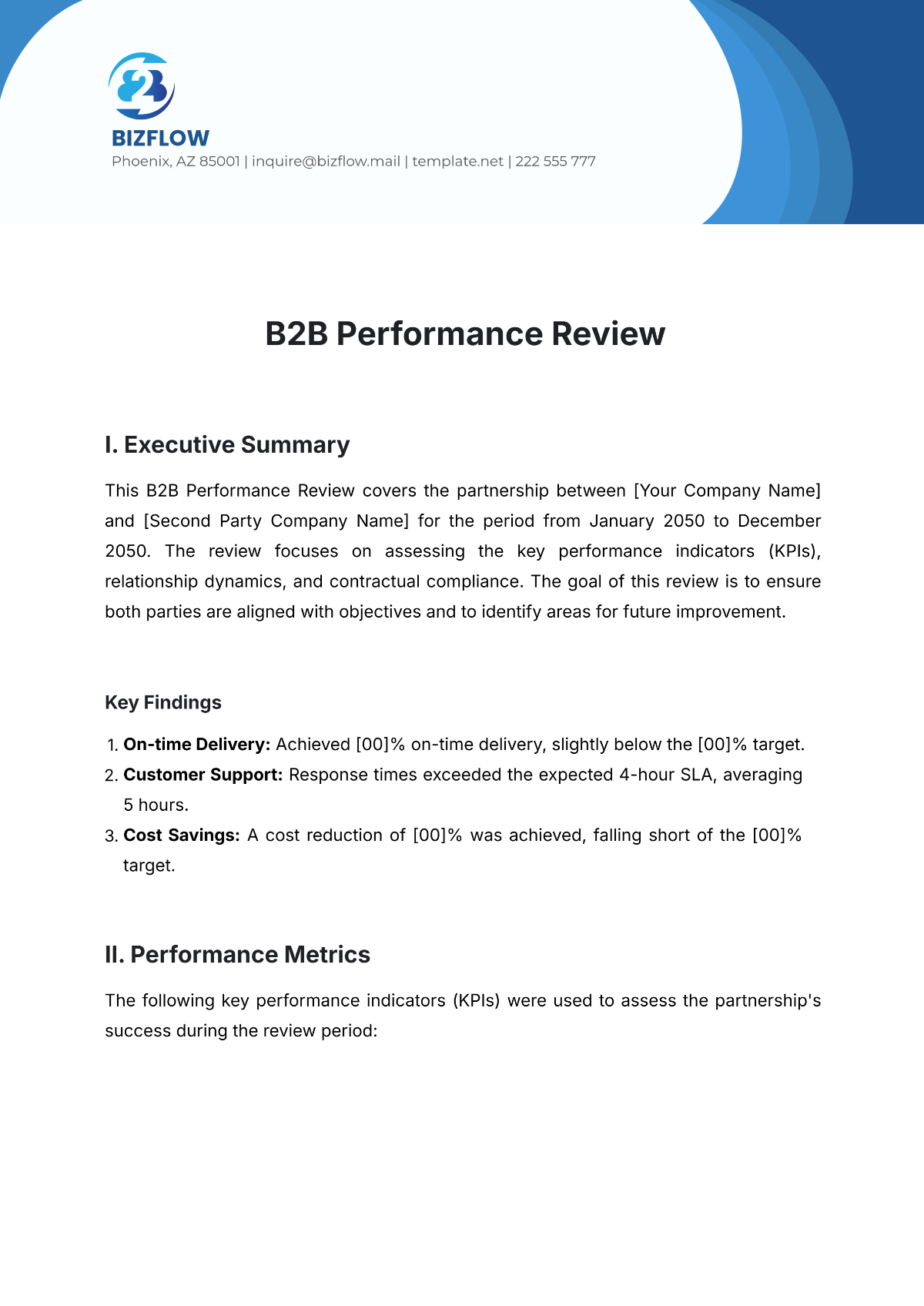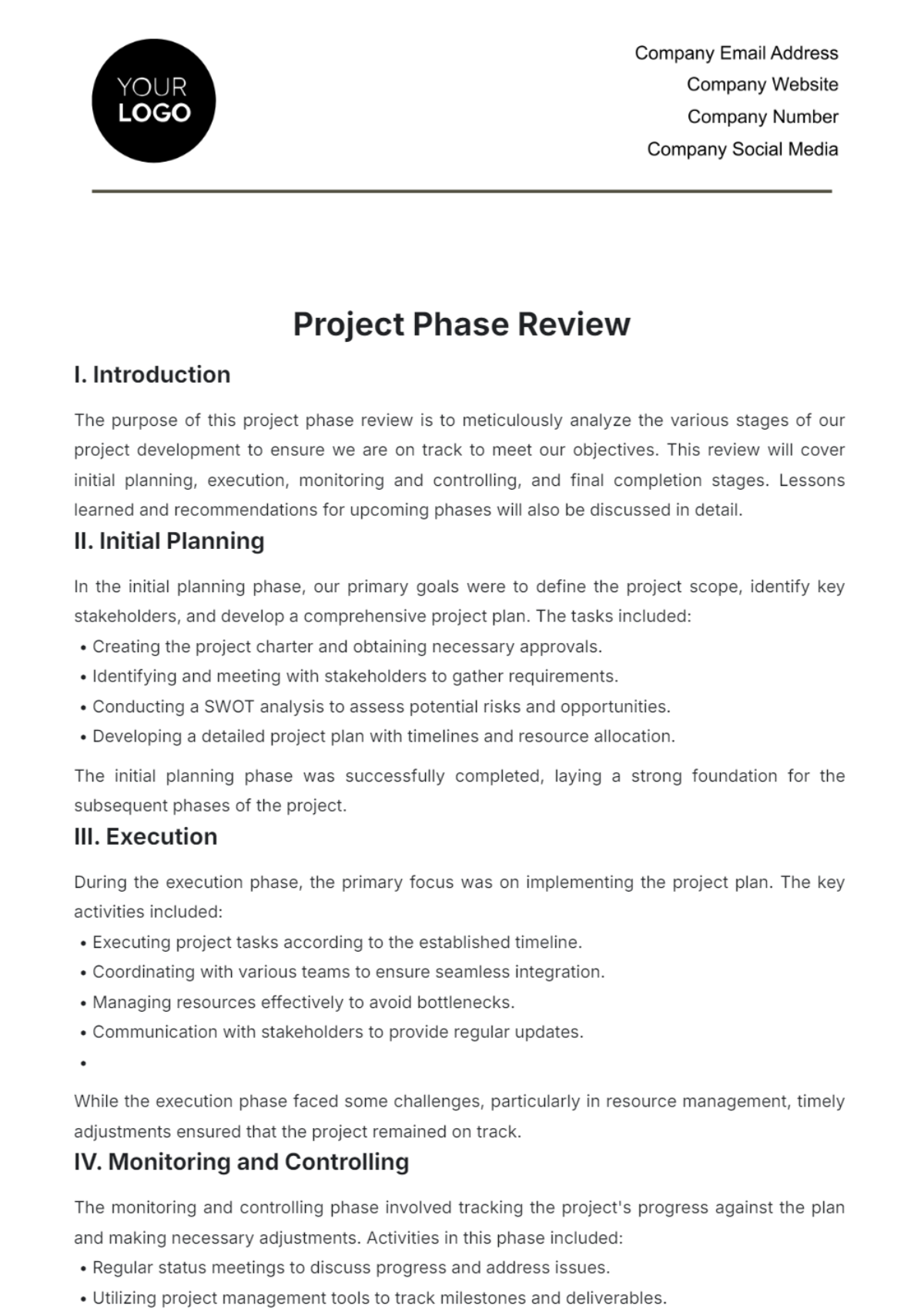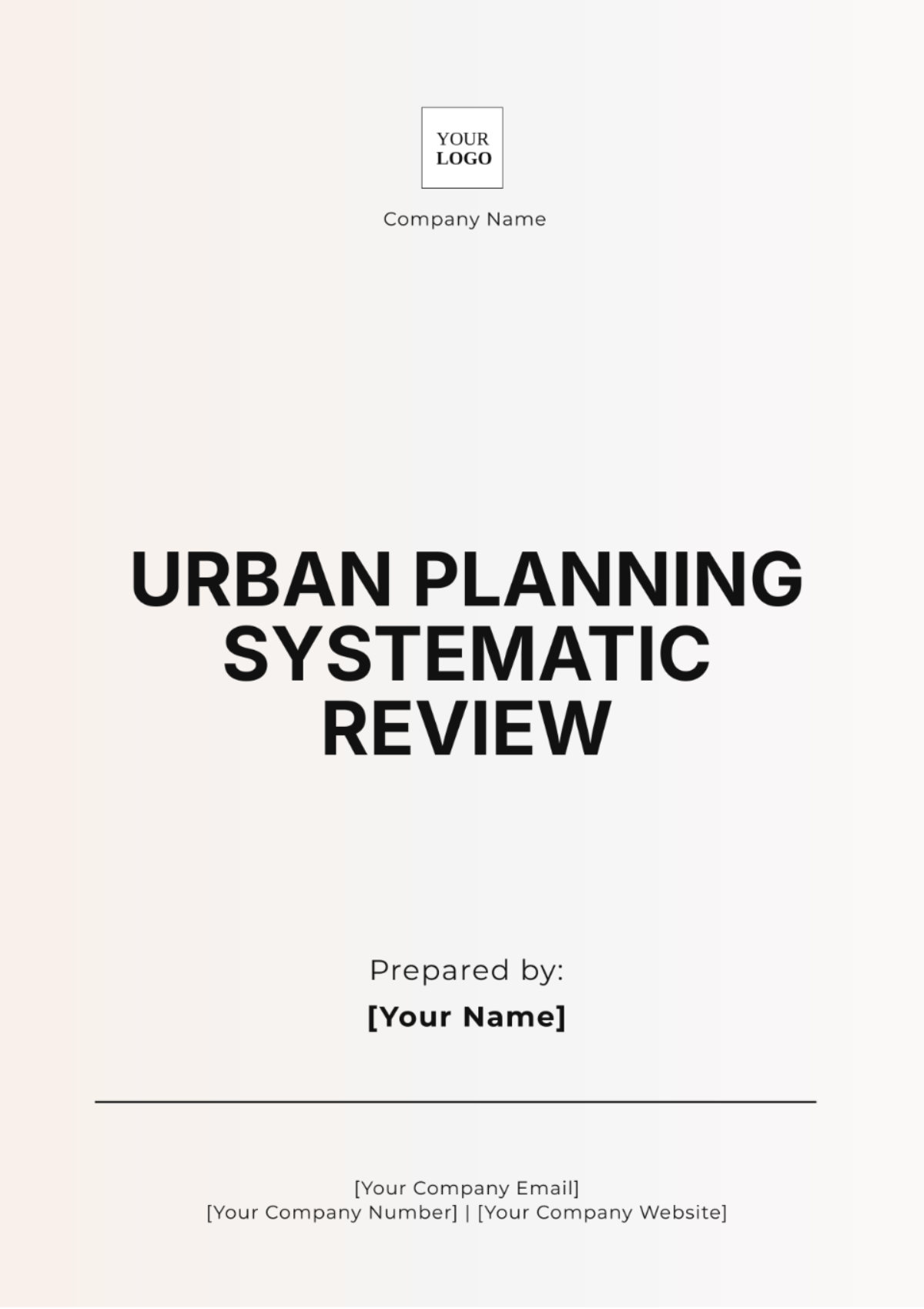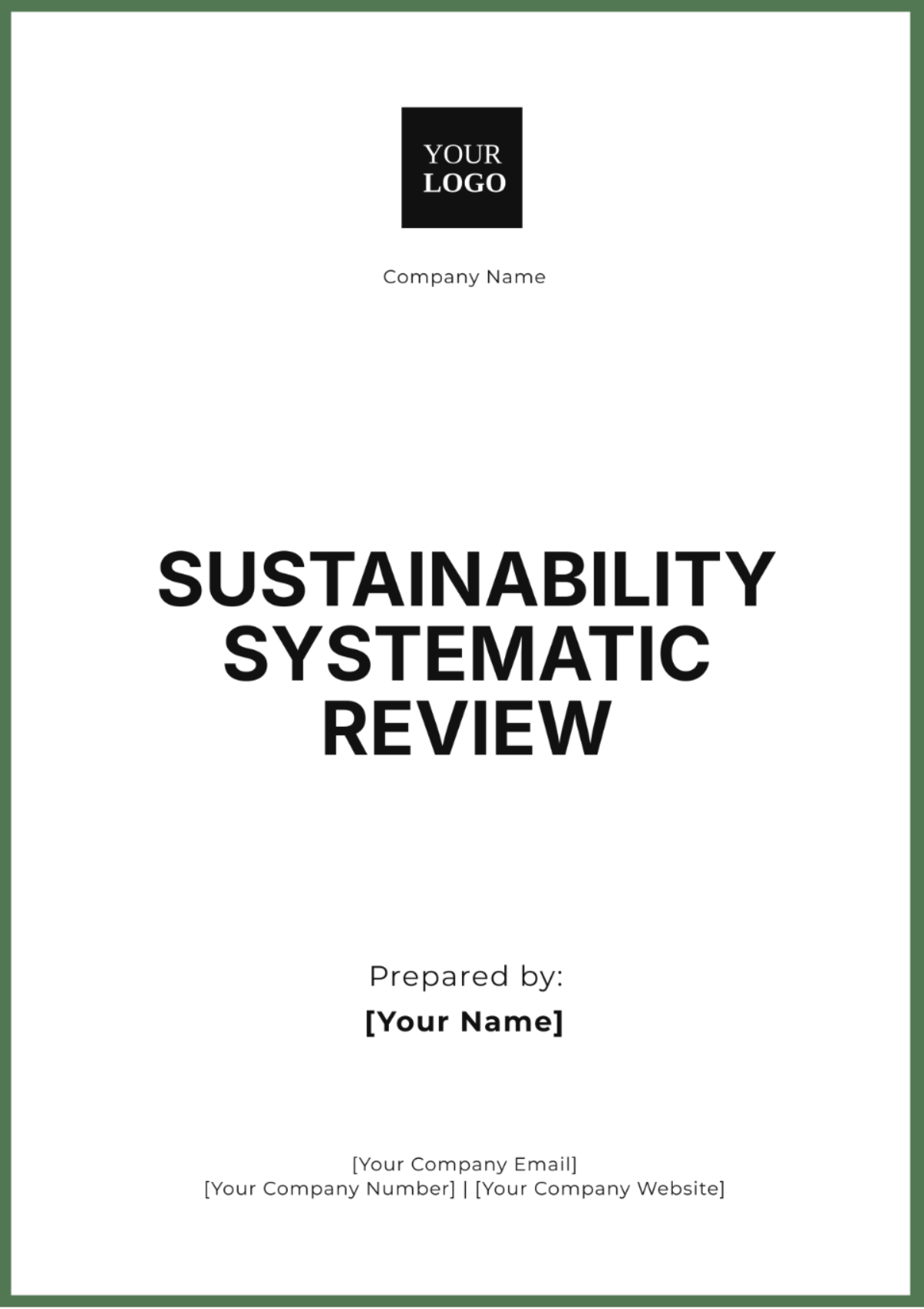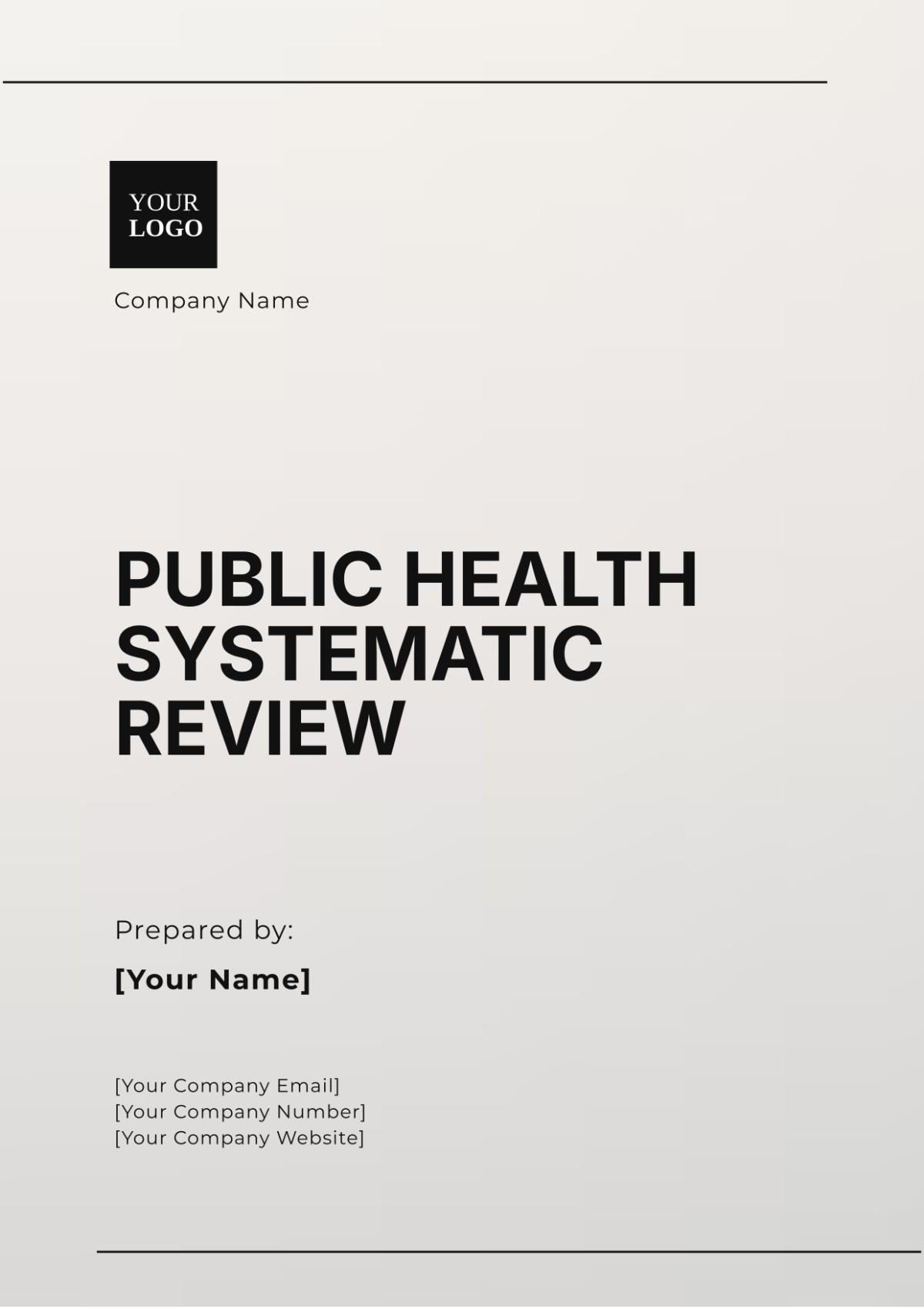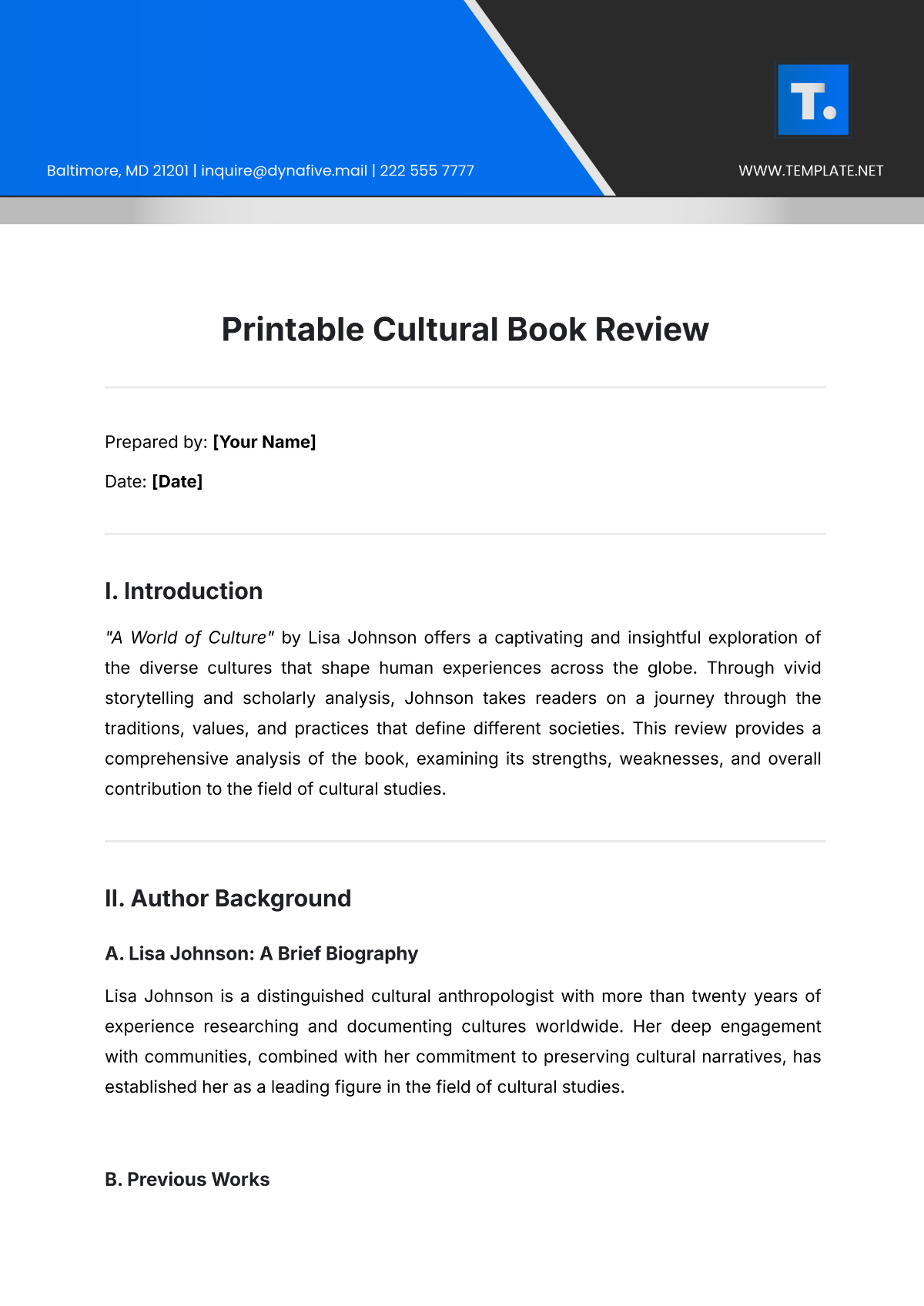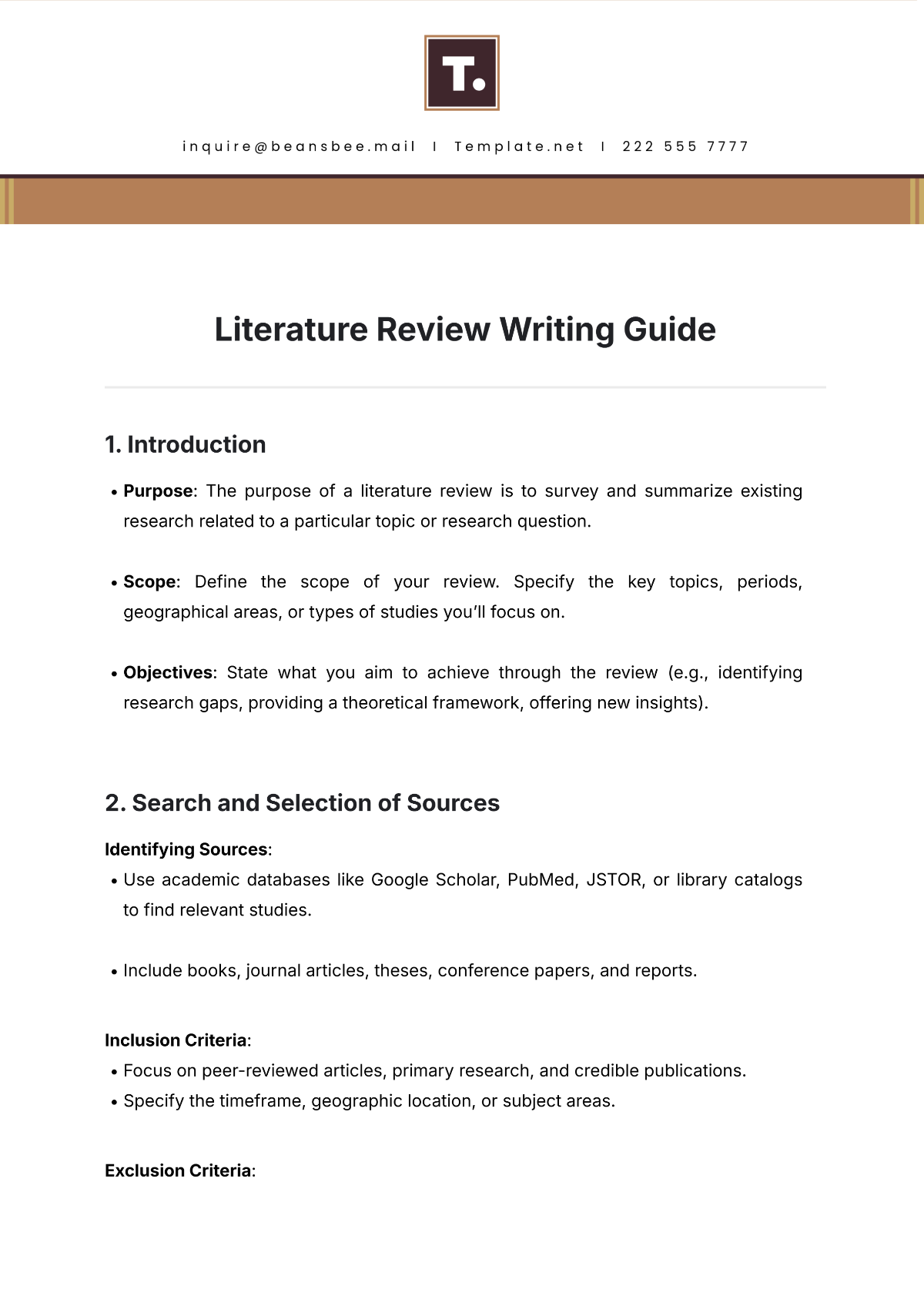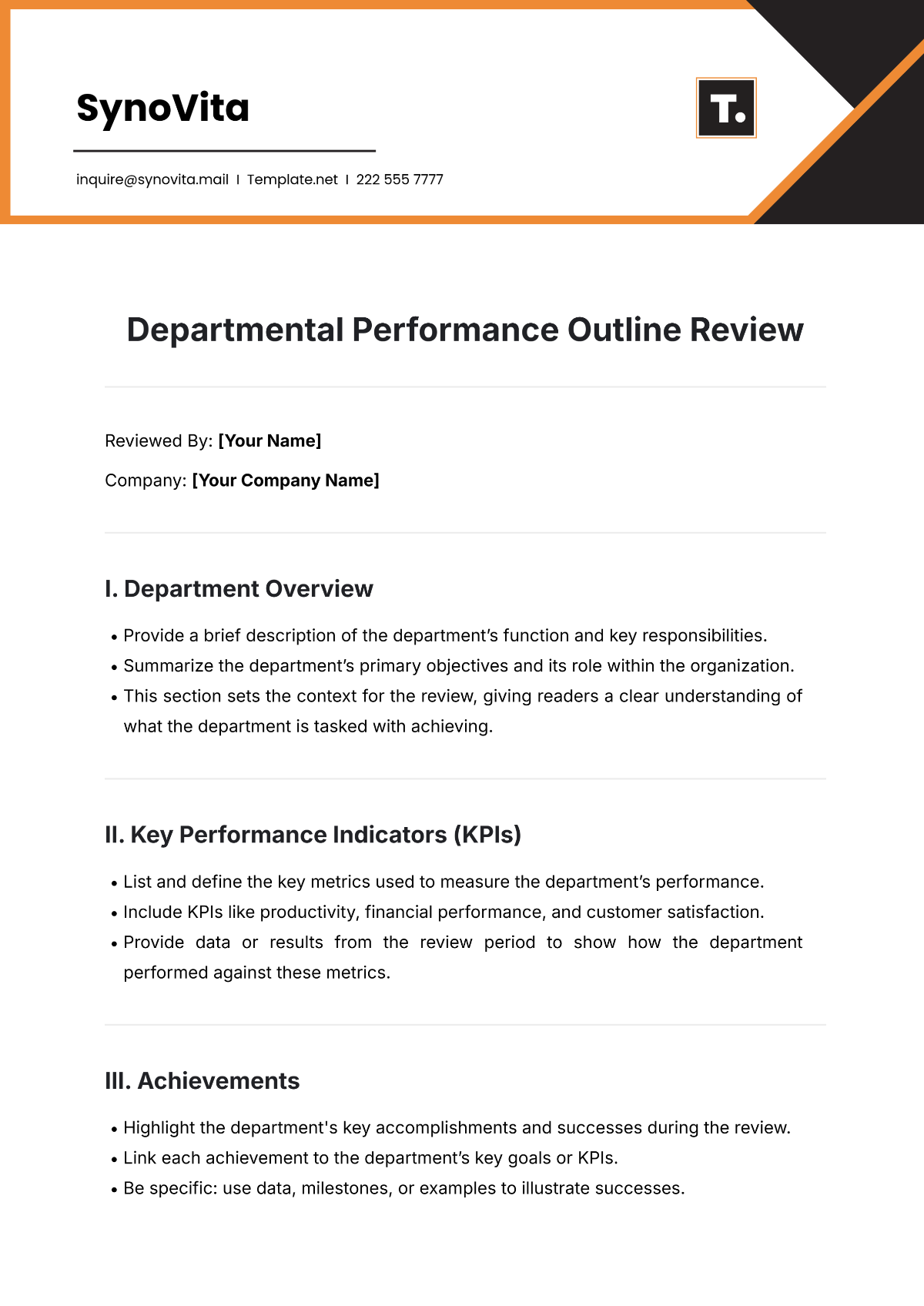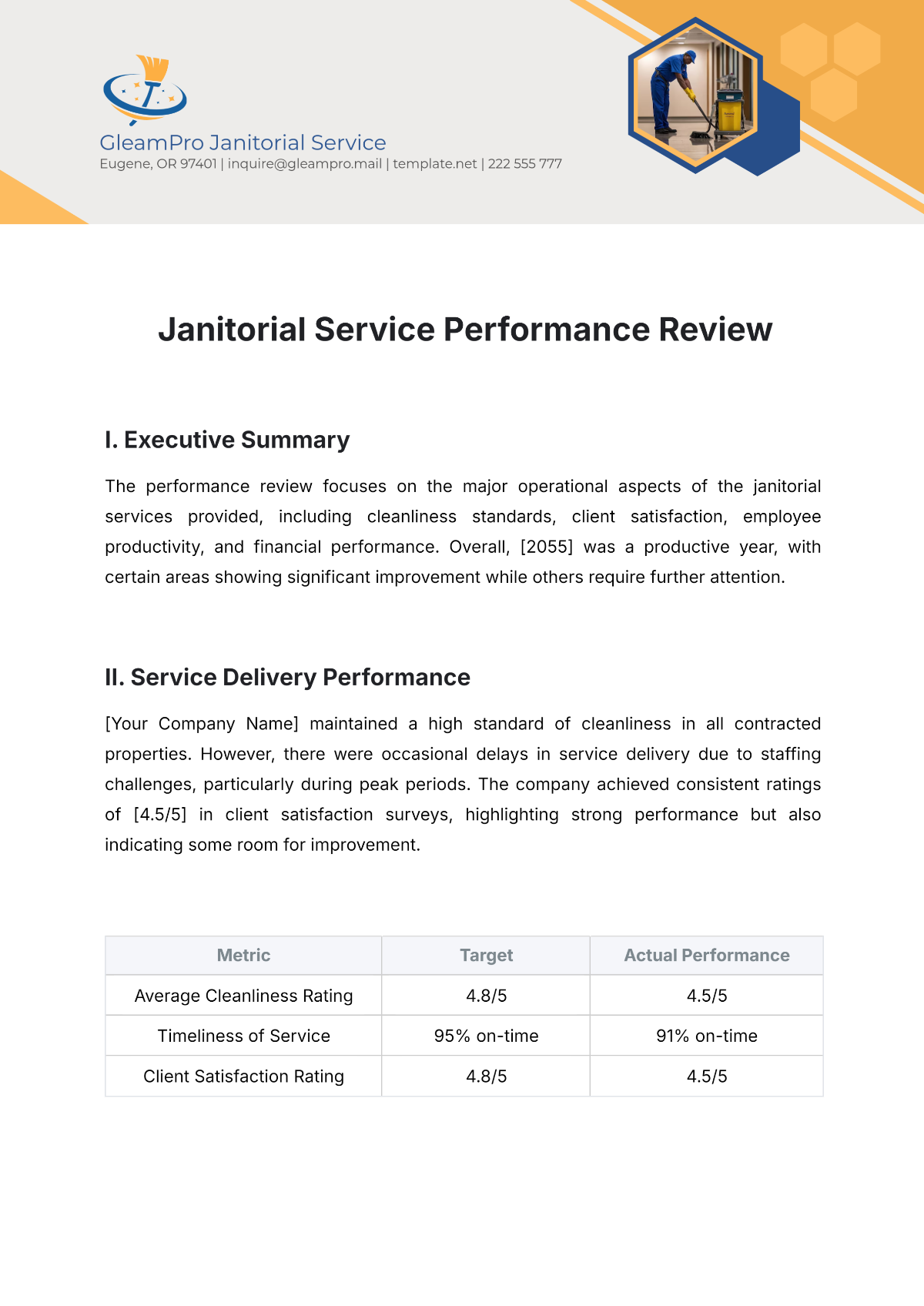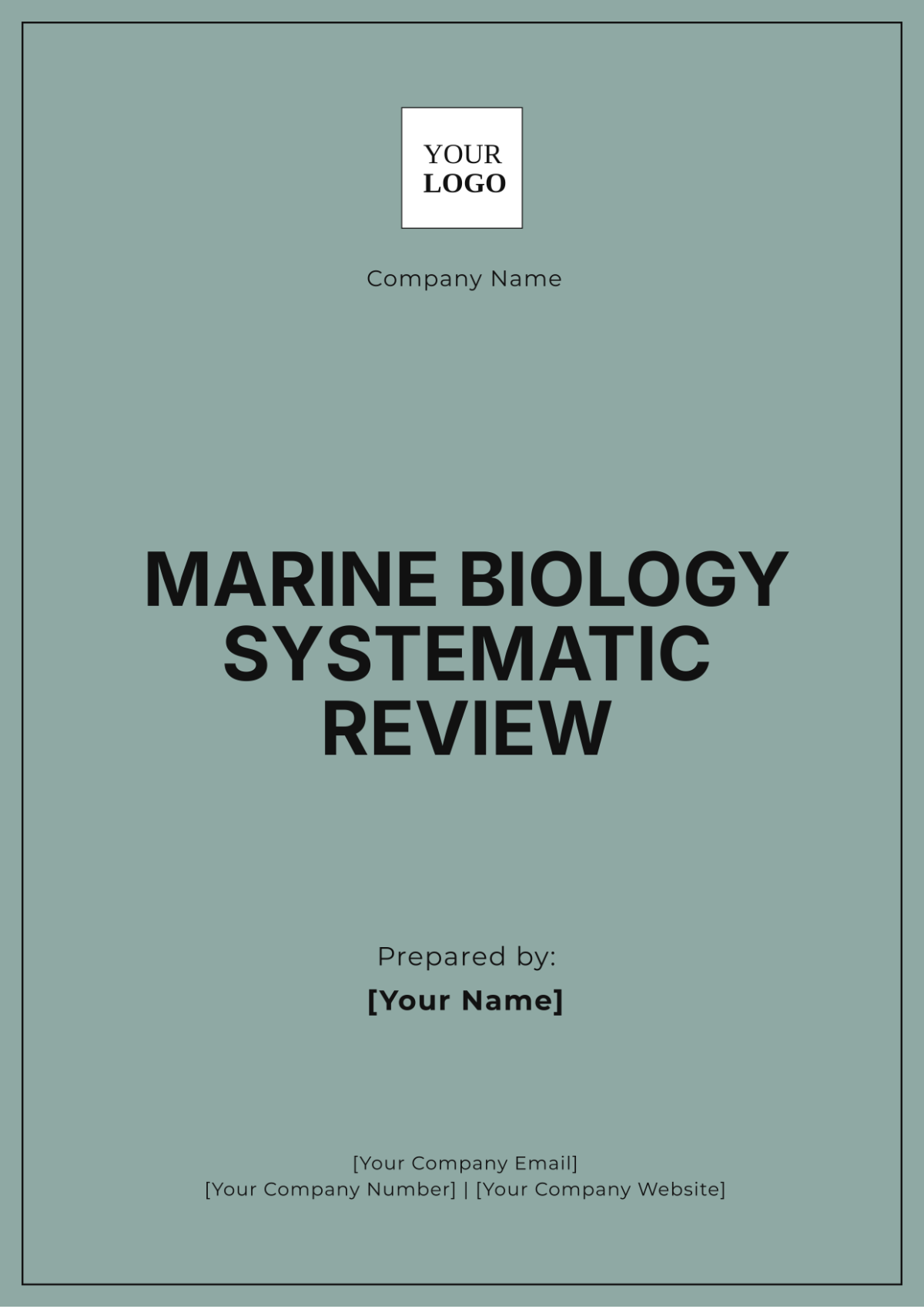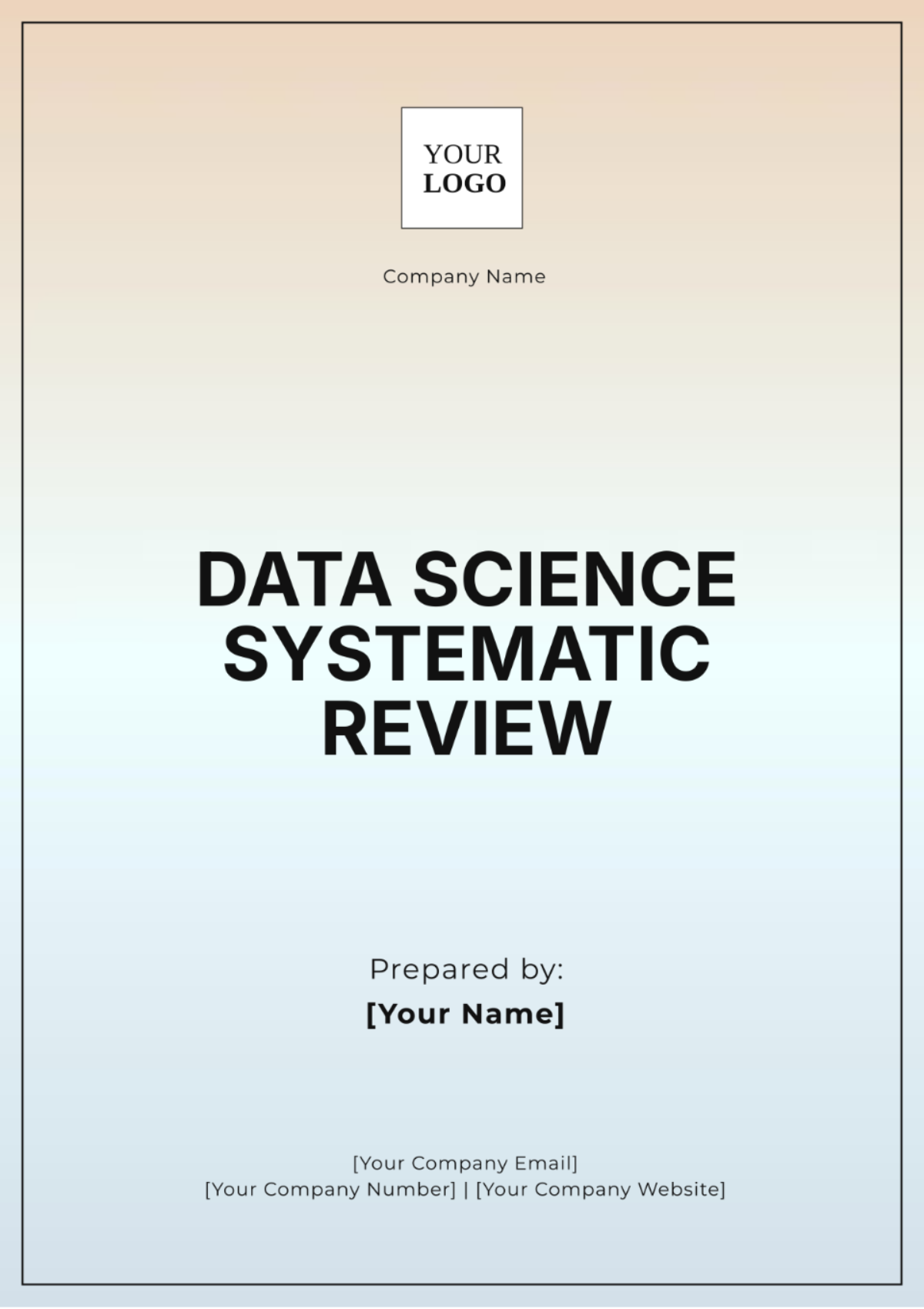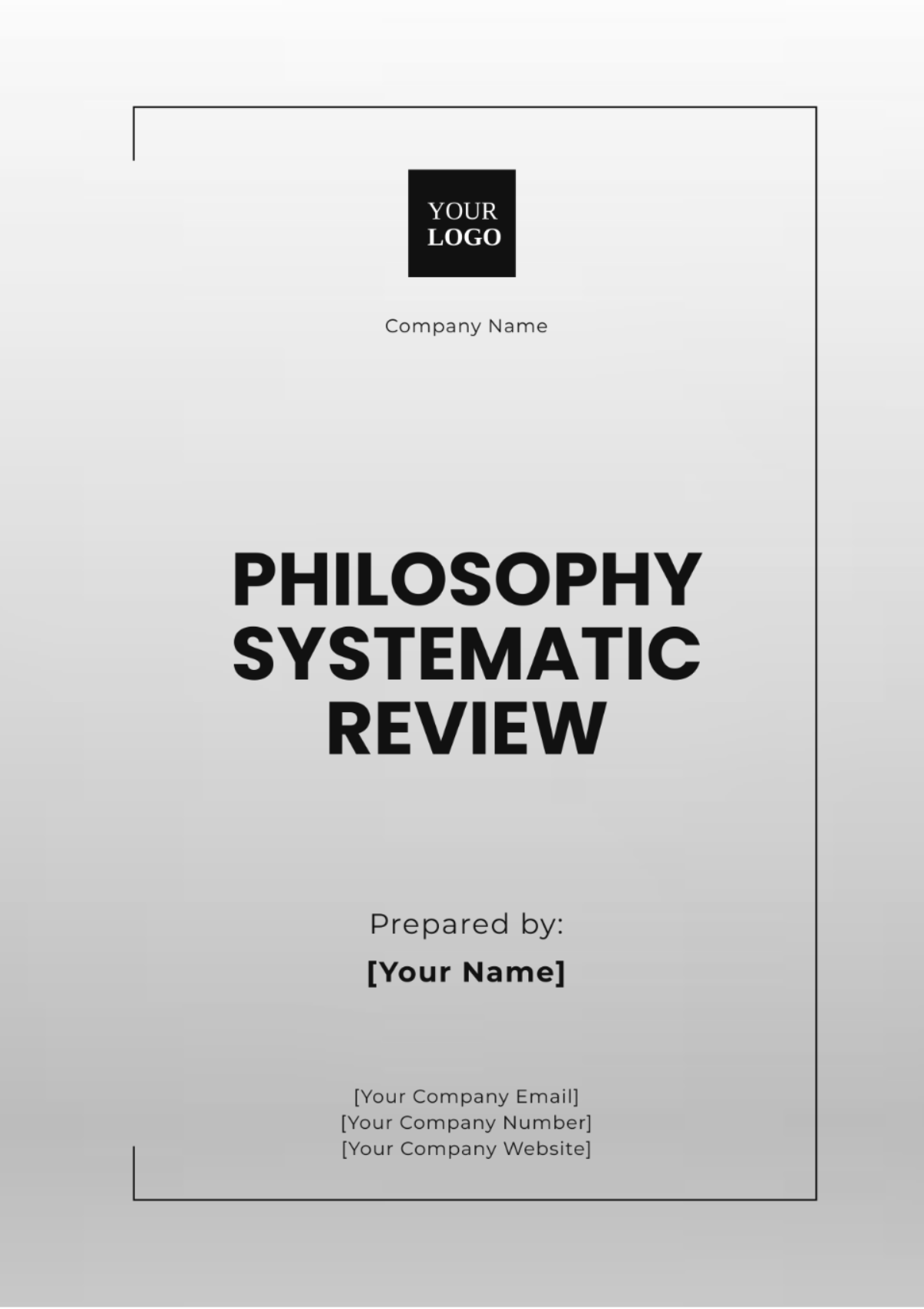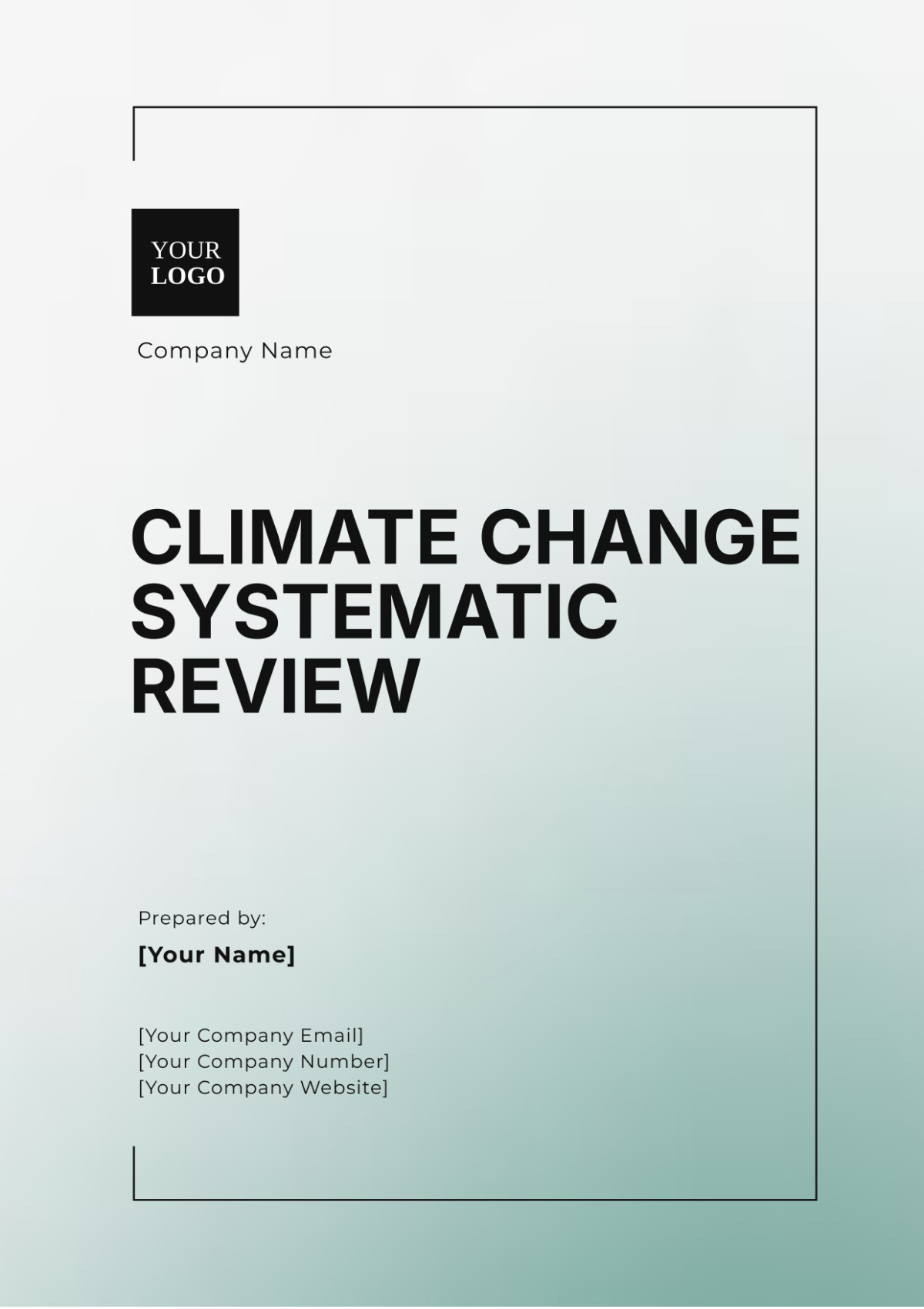Environmental Science Systematic Review
Title: The Impacts of Urban Green Spaces on Air Quality: A Comprehensive Analysis
Abstract
This systematic review evaluates the impacts of urban green spaces on air quality, focusing on studies published from 2050 to 2073. We analyzed data from 52 studies to determine how various types of green spaces affect concentrations of particulate matter (PM2.5) and nitrogen dioxide (NO2). Our findings indicate that urban green spaces significantly reduce pollutant levels, with parks and green roofs showing the most pronounced benefits. This review underscores the critical role of integrating green spaces into urban planning to enhance air quality and public health.
Introduction
Urban green spaces have been increasingly recognized for their potential to mitigate environmental pollution and improve urban health. This review aims to assess the scientific evidence regarding the influence of different types of green spaces on urban air quality. We seek to answer the following questions: How do various green space types impact air pollutant concentrations? What mechanisms are involved in the air quality improvements associated with green spaces?
Methods
1. Search Strategy:
We conducted a comprehensive search in databases including PubMed, Scopus, and Web of Science. Keywords used were "urban green spaces," "air quality," "particulate matter," and "nitrogen dioxide."
2. Inclusion Criteria:
Studies were included if they:
Focused on urban green spaces and their effects on air quality
Provided quantitative data on air pollutants
Were published in peer-reviewed journals from 2050 to 2073
3. Data Extraction and Analysis
Data on study location, type of green space, pollutants measured, and key findings were systematically extracted. A meta-analysis was conducted to synthesize results, with stratification by green space type (e.g., parks, green roofs).
Results
1. Overview of Studies:
We identified 52 relevant studies conducted in various global regions, including North America, Europe, and Asia.
2. Impact of Green Spaces:
Analysis reveals that urban green spaces substantially lower levels of PM2.5 and NO2. Parks, green roofs, and urban forests demonstrate the most significant reductions in air pollution.
3. Mechanisms of Impact: Green spaces mitigate air pollution through several mechanisms, including:
Vegetation absorption of pollutants
Reduction in surface temperatures
Enhancement of air circulation and dispersion
Discussion
4.1. Interpretation of Results: The review supports the hypothesis that urban green spaces contribute positively to air quality improvement. Effectiveness varies with green space type, urban density, and geographic location.
4.2. Comparison with Previous Research: Our findings align with earlier studies, reinforcing the role of green spaces in air quality management. Differences in study results highlight the need for standardized methodologies and long-term studies.
4.3. Limitations: Limitations include variability in study designs, reporting standards, and geographic focus. Future research should address these limitations through consistent methodologies and broader geographic coverage.
Conclusion
Urban green spaces play a crucial role in enhancing air quality and reducing urban pollution levels. To achieve better environmental and public health results, effective urban planning strategies must place a high priority on incorporating green spaces into city landscapes. Integrating these natural areas within urban settings not only contributes to cleaner air but also provides numerous benefits to the overall well-being of the community, making it an essential component of sustainable urban development.
References
Smith, J., & Doe, A. The Effectiveness of Urban Parks in Air Quality Improvement. Journal of Environmental Science, 45(3), 123-135.
Lee, H., & Kim, R. Green Roofs and Air Quality: A Review of Recent Findings. Environmental Research Letters, 39(2), 456-469.
Appendices
1. Supplementary Tables:
Detailed data from the reviewed studies, including pollutant levels and green space types.
2. Methodological Details:
Additional information on the meta-analysis process and criteria for study selection.









